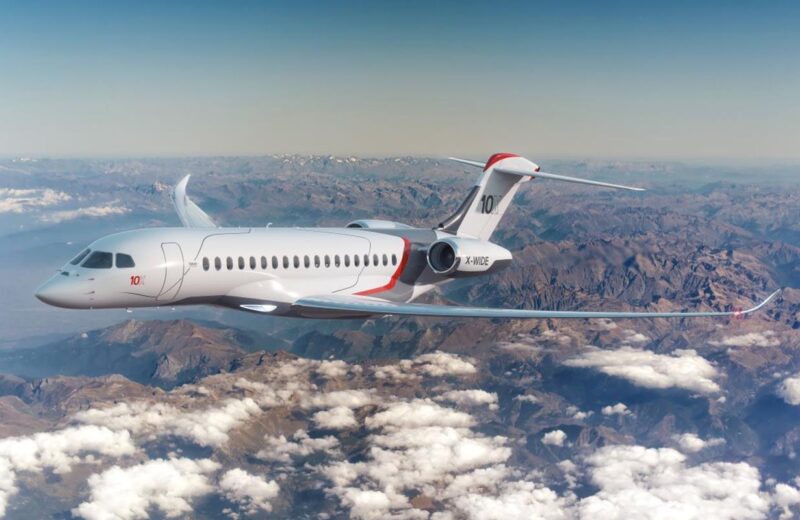Brian Foley: Business Jet Prices Are Rising

Add one more item to the growing list of prices on the rise — private jets. Given the high value of these aircraft, which can range in price from around $3m for an entry-level model to $100m plus for the biggest, even an increase of a few percent can potentially raise the purchase price by millions.
After hitting a peak in worldwide business jet deliveries of over 1,300 units in 2008, the Great Recession punched the industry in the nose, said Foley. The industry has since delivered only half as many each year over the past dozen.
Just as signs of life were beginning to return to the beleaguered industry in 2019 with a 15% increase in deliveries compared to the prior year, the pandemic struck in 2020, “pummelling deliveries back down by 20% to their lowest level since 2004”. This decrease was driven by a combination of airplane factory lockdowns, supplier hiccups and potential buyers who were too uncertain about the future to sign on the dotted line, added Foley.
Business jet manufacturers have had little leverage to raise prices for more than a decade. Having to divvy up an average of just 700 global deliveries per year left the five principal builders — Bombardier, Embraer, Textron Aviation (Cessna and Beechcraft), Dassault Falcon Jet and General Dynamics’ unit Gulfstream — fighting for sales from a diminished pool of buyers.
“That’s all changing. An early harbinger of things to come was the 2020 blowout sales year in the preowned market for business jets which has lasted right into this year.” The number of used aircraft transactions have recently set all-time records, and the inventory to choose from has shrunk to just a third of typical levels. “With few cream puffs remaining, buyers have nowhere left to go except to the new plane showroom.”
The latest quarterly updates by the manufacturers bear this out, with recent book-to-bill ratios rising to around two, which means that there were double the number of units sold during the period compared to those actually delivered to customers. This in turn is favourable for order backlogs, which have risen in lockstep, said Foley.
As examples, Gulfstream’s second-quarter book-to-bill increased to 2.1:1, driving backlogs over $1bn higher than they were at this time last year. Similarly, Bombardier had its strongest quarter in years with a 1.8:1 ratio, Textron Aviation reported a book-to-bill of close to two, while Dassault chalked up over five times the number of orders in the first half of 2021 compared to the same period last year.
“While some pricing pressures still remain, this has all of the hallmarks of morphing into a seller’s market. Preowned inventory remains low with rising prices, new aircraft orders are pouring in and business jet makers will wait to see if the burst of orders is sustainable before committing to increased production.” This all leads to longer wait times for buyers as demand begins to outpace to supply. Coupled with inflationary pressures in general, this can only lead to higher prices for new private jets.
Before raising list prices, manufacturers will first discount less, an amount which varies by make, model and customer but is typically in the single-digit percentages, said Foley. Still, prices are already on a march upward, according to the 2021 Purchase Planning Handbook published by Business & Commercial Aviation. According to prices provided to them directly from the manufacturers, the cost of a small, single-engine Cirrus SF50 entry-level jet rose 14.9% over last year to $2.85m. The price of a super mid-sized Cessna Citation Longitude rose 10.3% to $29.765m, while the large Gulfstream 500 and Dassault Falcon 6X rose a more modest 4.3% and 4.4% respectively.
While there were some exceptions, with a few models actually decreasing in price, they tended to be sunset models that are soon to be discontinued, such as the Gulfstream 550 which decreased 11.4% year-over-year.
Foley concluded: “It’s believed that this is just a first leg up in longer term, steadily increasing jet prices as more buyers chase a limited airplane supply, all while being fanned by systemic inflation throughout the economy and supply chain. The industry is embarking on its first opportunity for firming up prices in well over a decade, pointing towards a long overdue clear runway towards improved margins and prosperity.”








